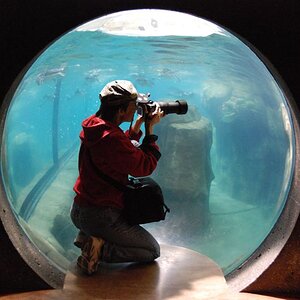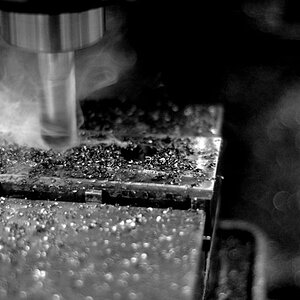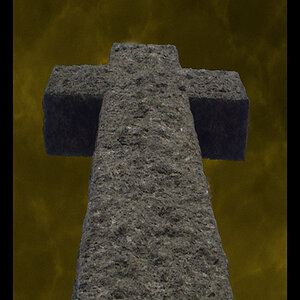John27
No longer a newbie, moving up!
- Joined
- Sep 1, 2010
- Messages
- 300
- Reaction score
- 49
- Location
- Missouri
- Can others edit my Photos
- Photos OK to edit
The Leica M9, considered one of the best digital cameras on the market, uses a custom full-frame Kodak sensor. They are definitely relevant in the digital world, but can't seem to succeed in it! Someone else will make the Leica sensor when the patents get bought up I assume.
The next Leica M has moved on
New Leica M uses CMOSIS 24 MP CMOS Image Sensor
I believe Kodak made the first Digital camera..... often the innovators are the worst at business.
They sort of did. They modified a Nikon body and it had a cable running down to this big thing you hung off of your shoulder. Marketed for photojournalists with deep pockets. The first real-world digital camera though goes to Nikon. As I understand it, DSLRs existed before any digital point and shoot cameras (with the Nikon D1 being the first)
At least that's how I understand it.. I could be wrong.
Interesting that Leica has dropped the Kodak sensor. I think you hit it though, it's not that their products are no good, it's the business that's no good.





![[No title]](/data/xfmg/thumbnail/32/32808-9d1f657a1903d3bdbd67ea830397d62c.jpg?1619735668)







